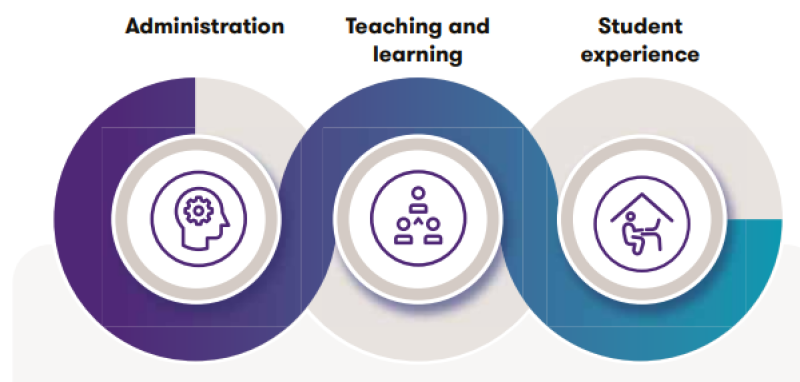As India races to transform its higher education landscape, a new report by the Confederation of Indian Industry (CII) and Grant Thornton Bharat warns that achieving the ambitious 50% Gross Enrolment Ratio (GER) target by 2035 will demand an 85% surge in student numbers – from 46.45 million to 86.11 million – alongside a 5.3% compound annual growth rate (CAGR) in enrolments.
Titled Continuous Improvement Journey of Higher Education Institutions: Approaches and Practices Shaping the Future of Learning, the report highlights the sector's growth from a modest 17 universities and 636 colleges at independence to over 1,100 universities and 45,473 colleges today, serving 43.3 million students. Yet, challenges loom large: faculty shortages exceeding 30% in state universities and a graduate employability rate of just 54.81%, as per the India Skills Report 2025.
"Traditional brick-and-mortar models remain foundational, but they alone can't scale to this level," said Ashok Varma, Partner and Education & Skill Development Expert at Grant Thornton Bharat, in the report's foreword. "We need flexible learning pathways, virtual ecosystems, and credit-based online programs to bridge access and quality gaps."
The report projects enrolments doubling annually, with private institutions already handling 65.2% of the load – a 95.5% growth in a decade. It calls for enhanced private investments in infrastructure, foreign higher education institutions (FHEIs), and industry-aligned programs. Technology, it emphasizes, is key: AI and emerging tools must personalize learning while addressing ethical concerns.
Drawing from All India Survey on Higher Education (AISHE) data, the GER has climbed from 21.6% in 2012-13 to 29.7% in 2024-25, but the leap to 50% requires bold policy action under NEP 2020. Experts predict collaboration between government, academia, and industry as the "cornerstone of progress."


